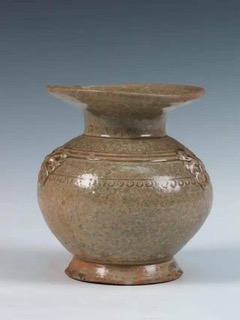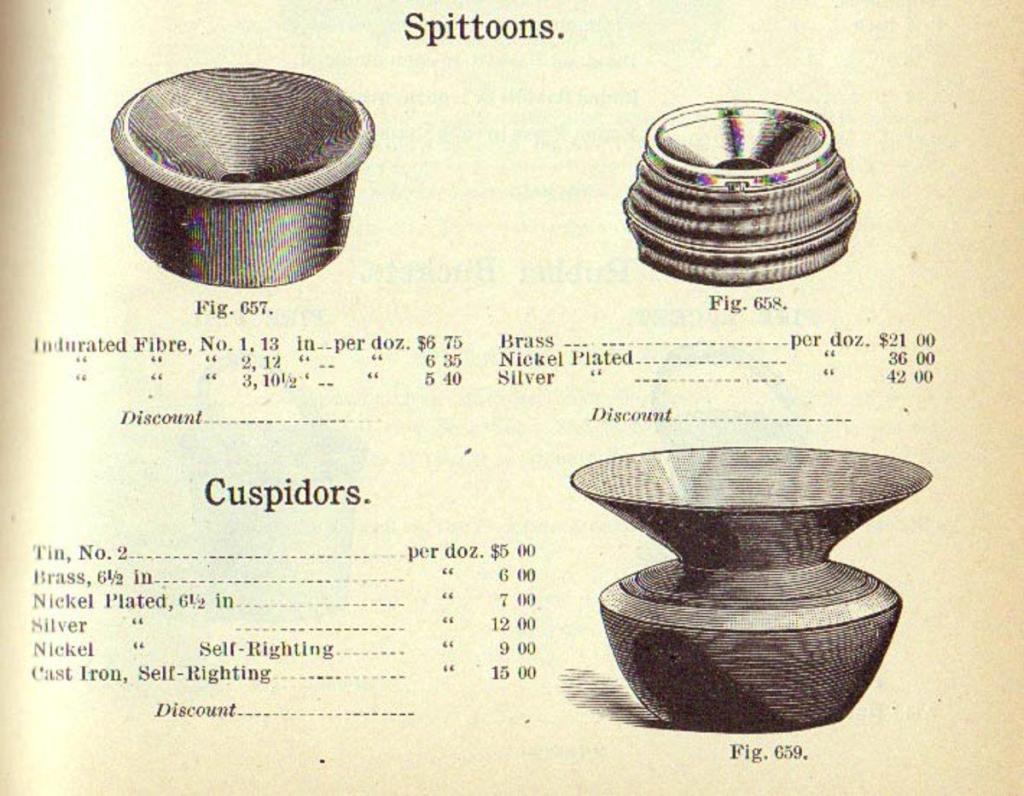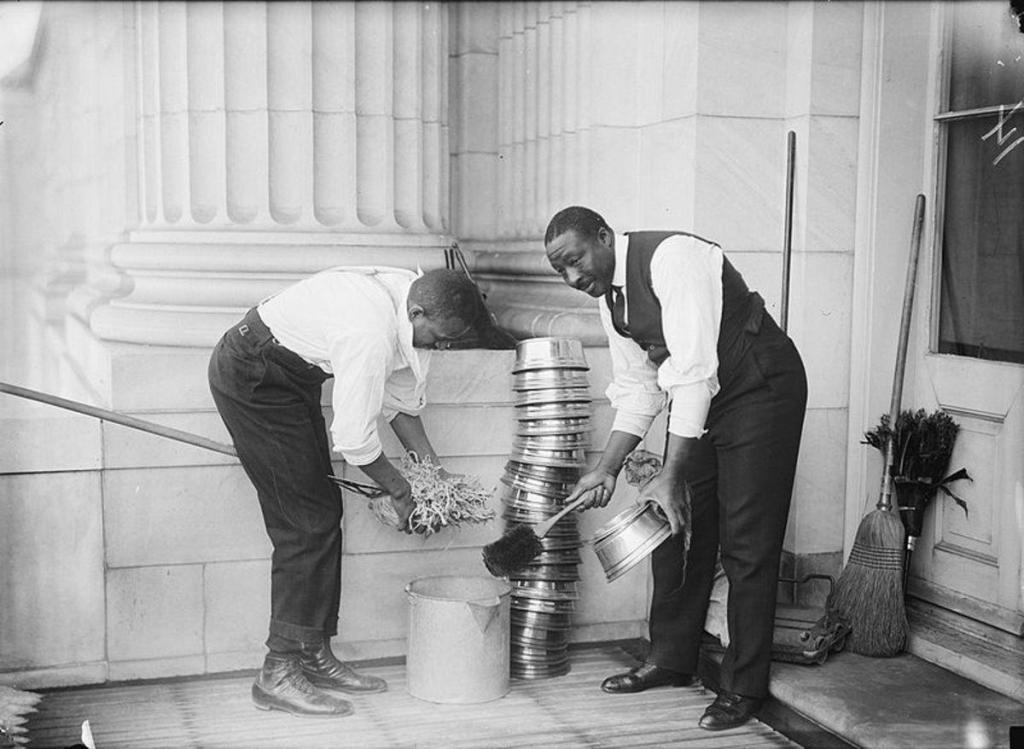Published by Jolanta Dohrmann
A Note from the Collections: Spittoons
Spittoons were commonly used in late 19th and early 20th century America to dispose of saliva from spitting or chewing tobacco. Typically, these receptacles were made of brass, copper, or ceramic materials and featured intricate designs. They varied in size and shape, from small individual containers to larger communal ones. Historically, the use of spittoons dates back to ancient times. The earliest documented spittoons were recorded in China during the Zhou dynasty, which ruled the country from 1046 BCE to 256 BCE. Yet, the oldest porcelain spittoon was found much later, in 286 CE.

Although spitting into a communal bucket does not appeal to modern Americans, roughly a hundred years ago, spittoons were commonly found in public places such as banks, offices, restaurants, train stations, and even in the House of Representatives.

The history of spittoons is connected to tobacco. It ignited worldwide interest in and craze when it was introduced to Europe. People from all walks of life started to consume it by snorting or chewing the plant. The chewable form of tobacco, in particular, became wildly popular in the 18th and 19th centuries.
However, the widespread habit of chewing tobacco came with a rather unpleasant side effect – spitting. The tobacco-laced saliva spit on the floors and walls created a revolting and unhygienic mess. As the problem escalated, laws were enacted to prohibit this behavior in public places, and spittoons were invented as a practical solution to contain the mess.
Subsequently, as the conduct became an acceptable activity in American society, spitting stimulated business. New designs were offered with a broad range of artistry and prices. The catalog from 1893 printed by Handlan Company offered cuspidors and spittoons, both developed for the same function – to capture the spits.
Regardless of their shape or price, spittoons required regular maintenance, as depicted in a 1930s photograph showing two men performing the task.
Today, spitting in America is widely considered to be an unnecessary and repulsive act. With the growing popularity of cigarettes, chewing tobacco, and other tobacco products, spittoons have become relics of the past. Even the most traditional institutions, like the House Chamber, removed their Speaker spittoons in the 1980s. Furthermore, due to the rise of infectious diseases such as flu and tuberculosis, the government launched anti-spitting campaigns to eliminate the public presence of spittoons.
Despite these efforts, however, spittoons still serve a purpose today. They remain a key piece of equipment in coffee and wine sensory analysis, allowing tasters to evaluate flavors and aromas.
Jola Dohrmann is pursuing a doctoral degree in educational psychology at the University of Illinois in Chicago. She enjoys reading good heist stories and medical curiosities in her free time. As a collection intern, she learned a great deal about spittoons and cataloged a surprisingly high number of them.




